9 Ways to Improve NPS Response Rates
Read More
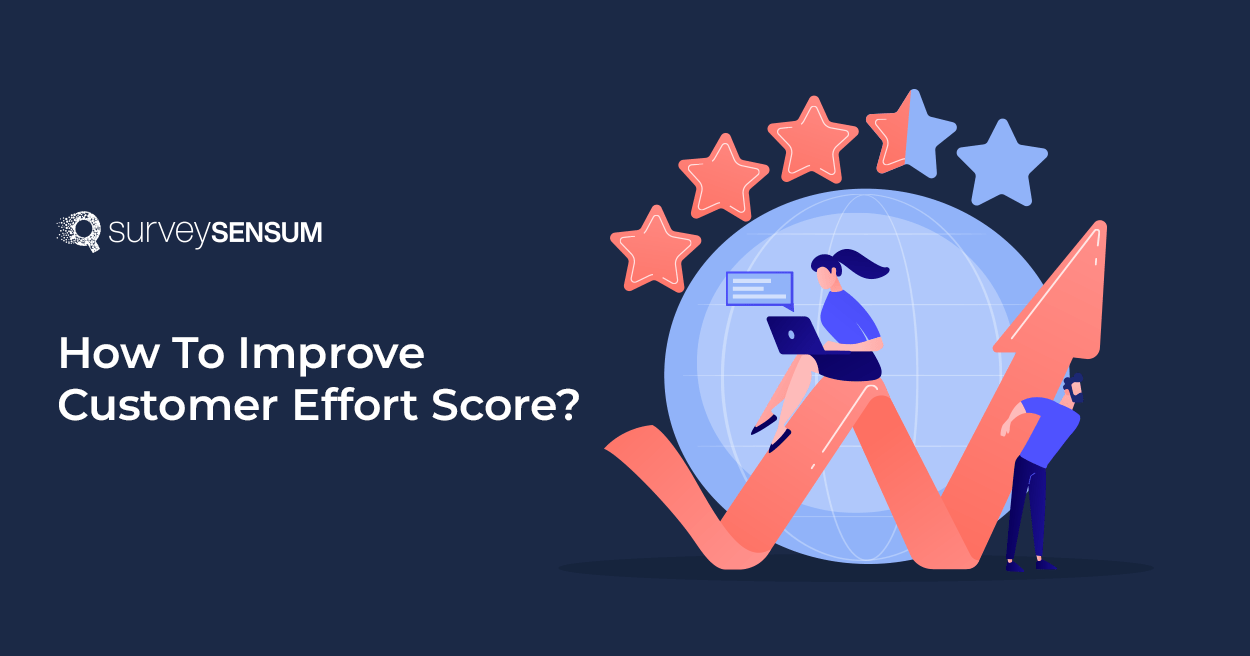
Violet is a tech wizard who just got her hands on a new smart home system. She search the company’s website hoping to find some quick help on how to set things up. But hold up – the support section looks like a maze. After a frustrating search, you finally decide to reach out to customer support. When you finally connect with an agent, they seem as clueless as you are about the issue you’re facing.
Talk about a letdown, right?
The major reason for customer churn lies in the fact that how much effort they had to put in to get a certain product or service and this is usually unknown to the company. Your customer may have received the assistance they wanted but the assistance might have come after a week-long call.
Measuring Customer Effort Score (CES) can help you find out why customers struggle to do business with your company. You can then use this information to improve your product, reduce customer effort, decrease churn, and increase loyalty.
But how to improve customer effort score efficiently? Let us help you with that!
10 Tips To Improve Customer Effort Score

If you don’t know the problem how will you solve it, right?
By analyzing your customer’s journey alongside support data, you can identify areas where customers frequently encounter obstacles or get stuck. The next step is to make those points where customers interact better, so things become easier and flow naturally.
For instance, if you see a problem during the checkout process, make it easier for customers. Here’s what you can do:
Your customers want a seamless experience when it comes to the mode of communication. Due to the advancement in technology, customers don’t want to make too many attempts to contact you or move between different channels – they want a seamless experience between all the channels.
For example, Amazon actively engages with its customers and communicates with them at various touchpoints including post-order confirmation, post-payment, and post-delivery. It makes itself available on every channel including chat, call, and email, so that its customers don’t have to. Utilizing tools like a Helium 10 discount code can further streamline communication and enhance customer satisfaction.
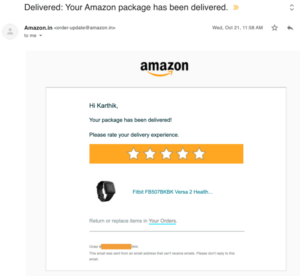
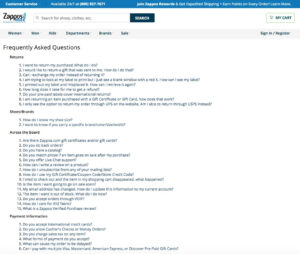
Customers nowadays are self-dependent. They can sign up, place orders, track their orders, understand a product’s specifications, etc on their own. It is imperative that businesses understand the importance of streamlining their self-service options and make their customers explore the brand on their own terms.
Here are some effective strategies on how you can improve your self-service options and make your customers independent:
Additionally, you should ensure that other customer service options, like customer service phone number, email address, etc are easy to locate, and are available via all of their channels. The customer may feel the need to escalate the issue to a different channel, so don’t make it difficult for them to locate this information.

Customers love it when they can find answers to their questions on their own.
According to the article by Zendesk on self-service, 67% of customers prefer self-service over speaking to a service rep. It’s always much quicker and easier than contacting support.
A reduced response rate is also another factor that contributes to the overall experience of the customers. If your goal is to improve your CES then focus on improving your approach to responding to your customers.
Here are some effective strategies you can consider:
Improve Customer Satisfaction with CES Surveys – Request a Demo
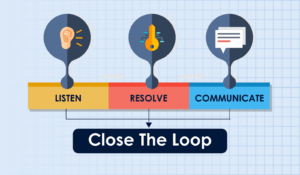
What’s the point of collecting feedback on customer effort if you are not going to take action on it?
Customer feedback is only useful if you take action on it. Here’s how you can do it with help of an efficient CES software:
Close the Feedback Loop Effectively With SurveySensum – Request a Demo
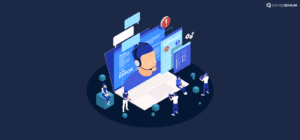
Automation of customer service processes can reduce customer effort significantly.
Implementing automation technologies like, AI chatbots, virtual assistants, etc in customer service can streamline processes, enhance efficiency, and improve the overall customer experience. Here are some effective ways to introduce automation into your customer service operations:
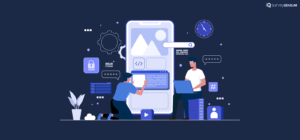
Mobile users are gradually becoming the main target audience for most businesses.
According to the Oberlo research report on Mobile Internet Traffic, in 2022, mobile devices generated 57% of the entire global internet traffic.
Optimizing your resources for mobile is going to earn your customer journey seamless and hassle-free resulting in overall customer satisfaction.
Here’s what you can do –
By optimizing your website’s mobile experience, you’re not just enhancing CES – you’re also meeting the demands of a mobile-savvy audience and showing them that you value their convenience.

When it takes only one call or chat to fix the problem or get the answer to the question, the customer is satisfied and likely to remain loyal to the brand. This is why the First Call Resolution (FCR) is so important.
Here are a few important factors that can help you in improving your FCR rate:
In addition, you can increase your FCR by training the support team to be proactive in their communications with customers and try to predict further issues.
For example, if during a support chat, the customer asks to change their billing address, the agent might suggest updating the delivery instructions, too, to keep all data in sync. This can save the customer a second chat and also reduce their effort.
Having a product with no friction is a dream every company dreams of and as much as we try to eliminate friction in the product, sometimes issues come up that require effort to resolve.
But this can also be optimized. How?
For instance, when a customer contacts support about a difficult issue, support agents can reduce the perceived effort.
Perceived effort refers to how difficult a customer feels the experience is. While the outcome might be entirely the same, great support agents can make a difficult experience feel effortless through experience engineering.
Instead of letting customers figure it out by themselves, great customer support agents guide the customer to a resolution. Here’s what that might look like.
Customer Carl: I really need to upload this picture to your site, but I’m getting an error message.
Support Agent Hannah: Ah yes, I can see that the image isn’t in the right format. I’ve converted it to a JPG and attached it to this email so you can go ahead and get it uploaded now.
Notice that Hannah didn’t leave the customer to figure out what their next steps were, which could have been – changing formats. How do I do that?
Instead, she took control, chose a different format, and helped the customer through the experience.
Experience engineering involves proactively guiding customers through interactions, anticipating their emotional responses, and offering preemptive solutions to create mutually beneficial outcomes. This is, essentially, a Jedi mind trick.
Active listening is a fundamental communication skill that plays a vital role in improving Customer Effort Score (CES) and overall customer satisfaction.
It involves fully concentrating, understanding, responding, and remembering the information provided by the customer during interactions. Train your support team to actively listen to customers, demonstrating empathy and understanding of their concerns.
Additionally, this can help uncover unspoken concerns or underlying issues that customers may not explicitly express. By actively engaging with customers and asking relevant questions, support agents can uncover hidden problems and address them comprehensively.
The practice of active listening goes beyond resolving immediate issues; it also focuses on building trust and rapport between the customer and the support agent. When customers feel heard and understood, they are more likely to trust the support provided and become more loyal to the brand.
Improving the customer effort score is an important objective for brands seeking to deliver exceptional customer experiences.
When you improve your Customer Effort Score (CES), you create a more streamlined and frictionless customer experience. By reducing the effort customers need to invest when interacting with your brand, whether through purchasing, seeking support, or navigating your services, you enhance overall satisfaction.
This results in increased customer loyalty, higher retention rates, and positive word-of-mouth referrals – ultimately driving sustainable growth for your business.
For this, invest in an effective CES software like SurveySensum that can help you in launching customized CES surveys, identify touch points with the most friction, and top customer sentiments from thousands of feedback.
